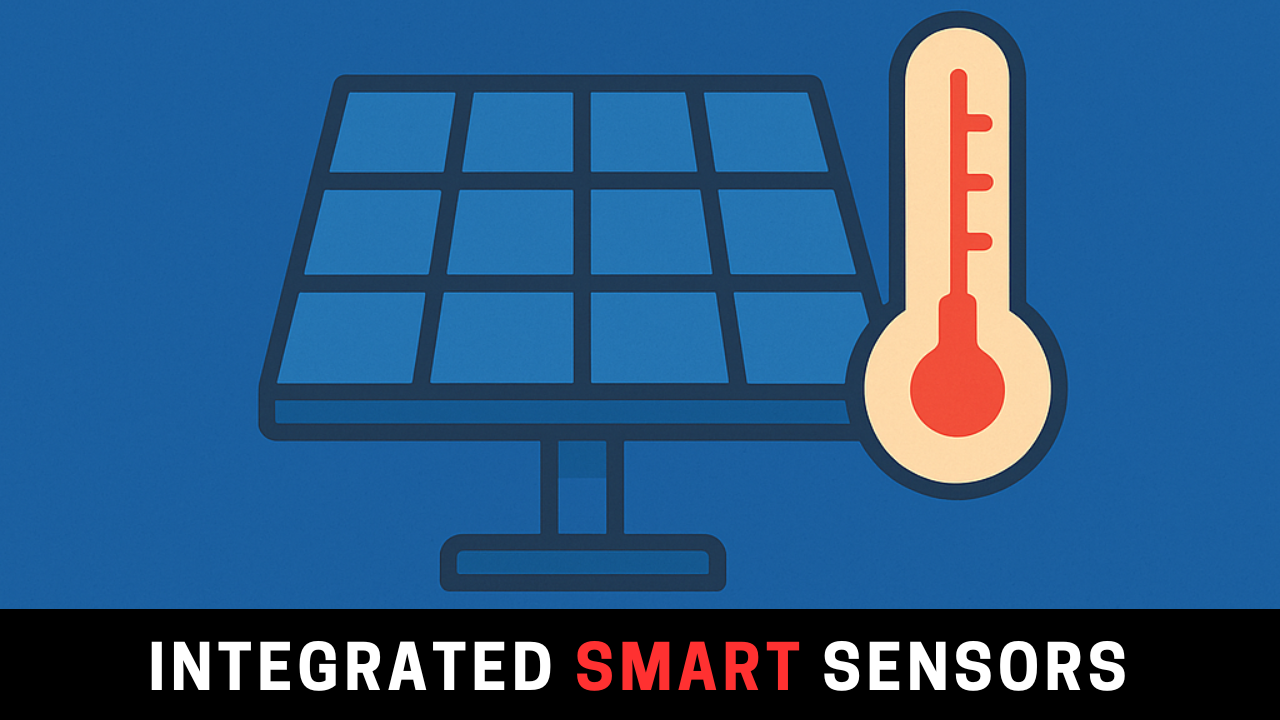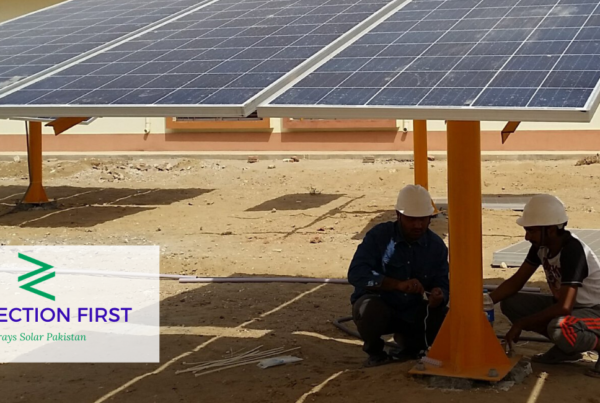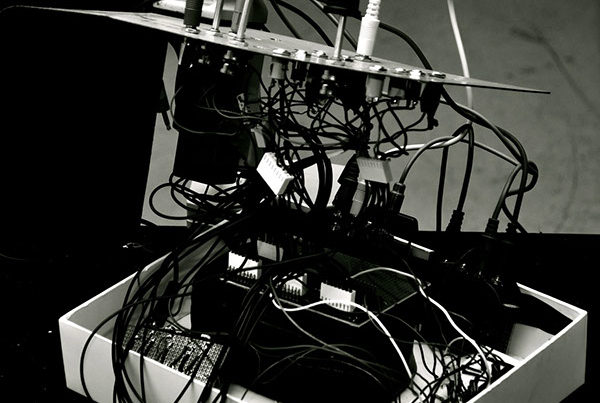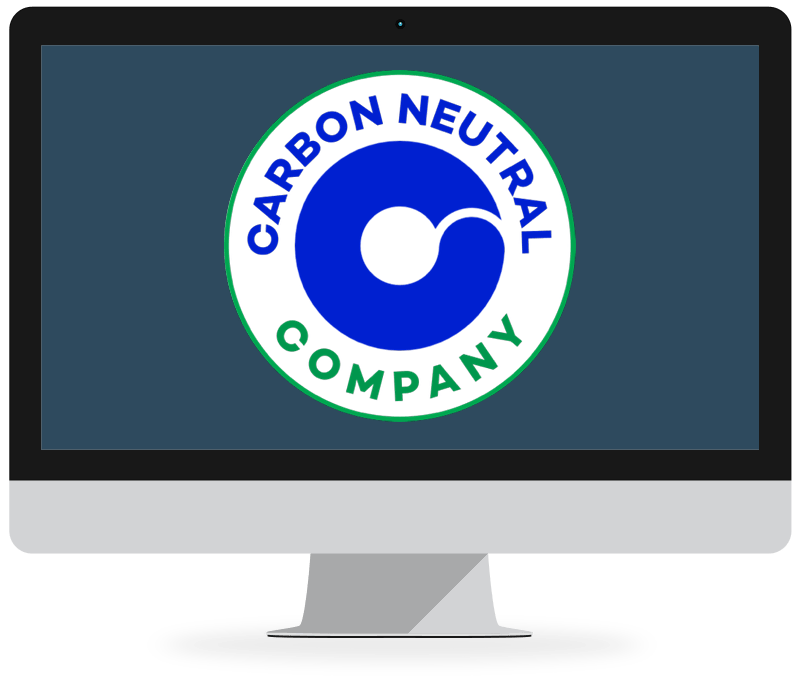In solar power, precision is everything. From the first feasibility study to final commissioning and long-term monitoring, one quiet instrument ensures every number you see is real — the irradiance meter.
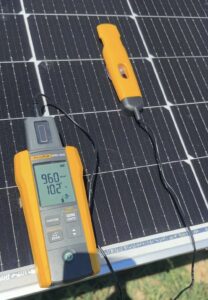 What Is an Irradiance Meter?
What Is an Irradiance Meter?
An irradiance meter (also called a solar power meter) measures the intensity of sunlight — or solar irradiance — falling on a surface, expressed in W/m².
In simpler words, it tells you how much sunlight energy is available at your location, your tilt, and your moment in time.
Why Is It So Important?
1️⃣ Site Assessment — Determines the best location, tilt, and azimuth for panels.
2️⃣ System Design & Forecasting — Helps predict your daily and seasonal energy yield.
3️⃣ Performance Verification — Comparing irradiance with inverter output gives you the Performance Ratio (PR) and real efficiency.
4️⃣ Troubleshooting — Low output? The meter helps identify if it’s dust, shading, or module degradation.
5️⃣ Quality Assurance — During commissioning or third-party audits, it validates what your simulations promised.
6️⃣ Research & Training — A must-have for labs, pilot projects, and solar engineering education.
How To Use an Irradiance Meter Correctly
✅ Align it with your PV module’s plane — same tilt, same orientation.
✅ Measure irradiance (W/m²) periodically or continuously.
✅ Compare readings with inverter data, IV curve traces, and system PR.
✅ Log data for trend analysis — this builds your plant’s performance fingerprint.
Types of Irradiance Measurement Tools
-
Handheld Irradiance Meters — Best for quick spot checks and commissioning visits.
-
Pyranometers (with data loggers) — Industry-grade continuous monitoring for large plants.
-
Smart IoT Sensors — Provide real-time data to cloud dashboards for predictive maintenance.
Pro Tip: While irradiance meters give the reading, pyranometers (ISO 9060 certified) offer higher accuracy and spectral response — ideal for long-term monitoring and compliance audits.
Go Beyond: Verify the Whole DC Side
Irradiance alone doesn’t tell the full story. To truly validate your PV system’s health, complement it with:
IV Curve Tracing — Confirms each string and module is operating as per spec.
Insulation Resistance Testing — Ensures conductor and junction safety, especially after storms or maintenance.
Cell Temperature Monitoring — Helps correlate power losses with thermal performance.
When combined, these measurements form a complete diagnostic toolkit for any solar engineer.
If your irradiance, IV curve, and insulation checks all align — you know your DC side is rock solid.
Best Practices for Accurate Readings
⚡ Calibrate your meter regularly.
⚡ Avoid shadows, reflections, and fingerprints on the sensor.
⚡ Record data during actual operational conditions (clear sky preferred).
⚡ Cross-check with local weather station data for validation.
Final Word
Whether you’re a solar installer, a plant operator, or a data-driven energy manager — the irradiance meter is your truth-teller. It bridges the gap between what your software simulates and what your plant actually delivers.
When you add IV curve tracing and insulation checks to your toolkit, you’re no longer guessing — you’re engineering precision.

